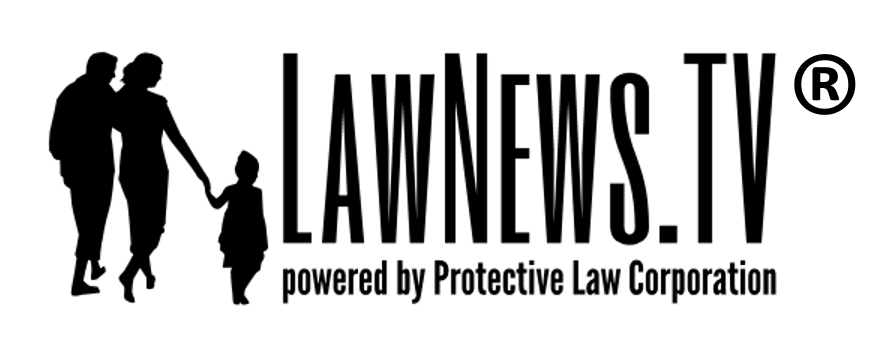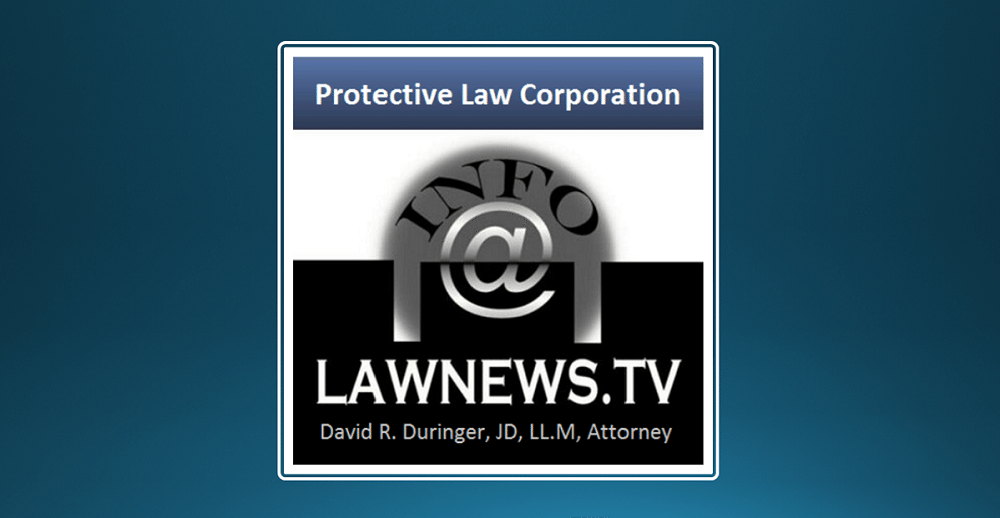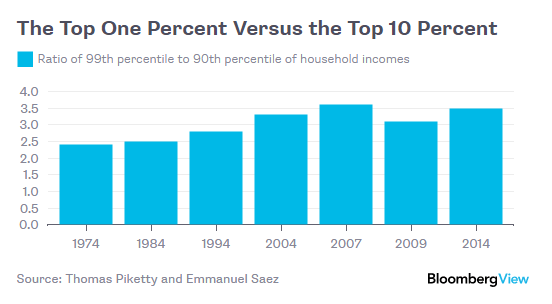Let’s start by focusing on the income of the top 1 percent of Americans, compared to that of the top 10 percent. As of 2014, a household needed an annual income of at least $423,090 to be in the first group, about 3.5 times the threshold for the second group, according to data compiled by the economists Thomas Piketty and Emmanuel Saez. That’s close to the largest difference on records going back to 1974, with one exception: The gap was bigger just before the recession of 2007-2009, during which it fell sharply. Here’s a chart:Now let’s look at the top 10 percent of households. As of 2014, the minimum income for the group was $157,479, according to the Census Bureau. That’s about 2.9 times the income of households in the middle of the distribution. This measure of inequality has grown more or less steadily over the past four decades, with no pause for the recession. Here’s a chart:
Source: The Rich Are Different, and It Matters
 If attacked, do you want to be Victor or Victim?
If attacked, do you want to be Victor or Victim?
At SacredHonor.US, we hate it when people die embarrassed.
And at Protect.FM, we believe good estate plans protect families.
We make it easy for your family to attain the comfort of skill at arms.
David R. Duringer, JD, LL.M, is a concealed firearm instructor and tax lawyer specializing in business and estate planning; licensed to practice law in the states of California and Washington. He is managing shareholder at Protective Law Corporation, serving Southern California from its Laguna Hills (Orange County) headquarters and satellite offices in San Diego County (Coronado and Carlsbad).
© Protective Law Corporation as per date of publication captioned above. All rights reserved unless otherwise noted. Sharing encouraged with attribution and/or link to this page.
COMMENTS:
To comment on this post, look for it on our Facebook and Twitter pages.









